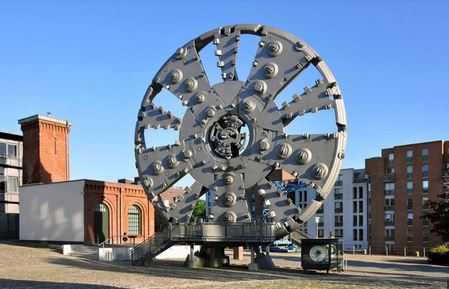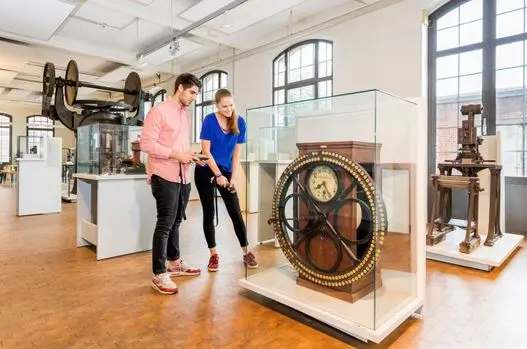The Museum of Work, or “Arbetets Museum” as it is known in Swedish, is a unique institution dedicated to exploring the history, culture, and evolution of work. Located in Malmö, Sweden, this museum offers a deep dive into how work has shaped societies, economies, and individuals. In this article, we’ll explore the Museum of Work’s history, its key exhibits, and the broader significance of its mission.
History and Purpose
Established in 1990, the Museum of Work focuses on the experiences of working people throughout history. It aims to preserve and present the stories, tools, and environments associated with different types of work, providing visitors with insights into how labor has evolved over time.
The museum is housed in a former industrial building, which itself is a testament to the region’s industrial past. This setting helps visitors connect more deeply with the exhibits, as they are surrounded by the physical spaces where work once took place.
Key Exhibits
The Museum of Work features a diverse range of exhibits that highlight various aspects of work and labor:
- Industrial Heritage: This exhibit explores the industrial revolution and its impact on society. It includes machinery, tools, and artifacts from different industries, showcasing how technological advancements transformed the nature of work.
- Labor and Daily Life: Focusing on the daily lives of workers, this exhibit features personal stories and objects from different periods and professions. Visitors can learn about the challenges and achievements of workers across various sectors, from factory workers to office clerks.
- Workplace Evolution: This exhibit traces the changes in working environments over time. It includes reconstructions of historical workplaces, providing a tangible sense of how workspaces have evolved with technological and social changes.
- Occupational Safety and Health: Highlighting the advancements in workplace safety, this exhibit covers the history of labor regulations and innovations aimed at improving worker safety and health.
- Temporary Exhibitions: The museum regularly hosts temporary exhibitions that focus on specific aspects of work or highlight contemporary issues related to labor and employment.

Educational Programs and Events
The Museum of Work is not just about showcasing artifacts; it also engages visitors through educational programs and events. These include:
- Workshops and Lectures: The museum offers various workshops and lectures on topics related to labor history, industrial heritage, and contemporary work issues. These programs are designed for different age groups and educational levels.
- School Programs: Tailored educational experiences for school groups are available, allowing students to explore the museum’s exhibits in a way that aligns with their curriculum.
- Special Events: The museum hosts special events such as historical reenactments, guest speakers, and themed tours, providing dynamic and interactive experiences for visitors.
The Museum’s Impact
The Museum of Work plays a crucial role in preserving the history of labor and educating the public about the evolution of work. By showcasing artifacts and stories from various periods and professions, the museum provides valuable insights into the human experience of work.
Its focus on industrial heritage and occupational safety also highlights the importance of understanding historical context in shaping modern work environments. The museum helps bridge the gap between past and present, offering lessons that are relevant to current discussions about work, technology, and worker rights.
Visitor Experience
Visitors to the Museum of Work can expect a well-curated experience that combines educational content with engaging exhibits. The museum’s layout and design facilitate easy navigation, and interactive elements make learning about work history both informative and enjoyable.
The museum also offers resources for further exploration, including a library and archives that researchers and enthusiasts can access. Whether you’re interested in the history of industrial work or contemporary labor issues, the Museum of Work provides a rich and informative experience.
The Museum of Work in Malmö stands out as a significant cultural institution dedicated to exploring the history and impact of labor. Through its diverse exhibits, educational programs, and engaging visitor experiences, the museum offers valuable insights into how work has shaped and been shaped by society.




